Deck & Commander Strategies
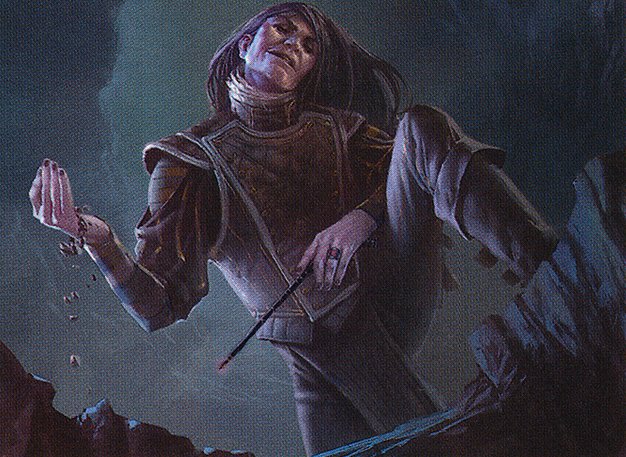
Mairsil, the Pretender
Exile creatures and artifacts with activated abilities to gain access to those abilities, effectively creating a toolbox of versatile responses and combos.

Numa, Joraga Chieftain
Elf tribal focused on ramp and distributing +1/+1 counters to elves, enhancing their power and enabling big swings.
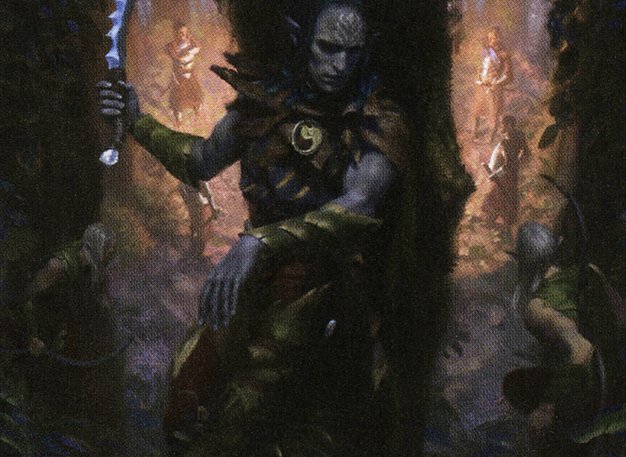
Nadier, Agent of the Duskenel
Generate and sacrifice elf tokens to grow Nadier with +1/+1 counters while creating more tokens upon death, creating a resilient and scalable board.
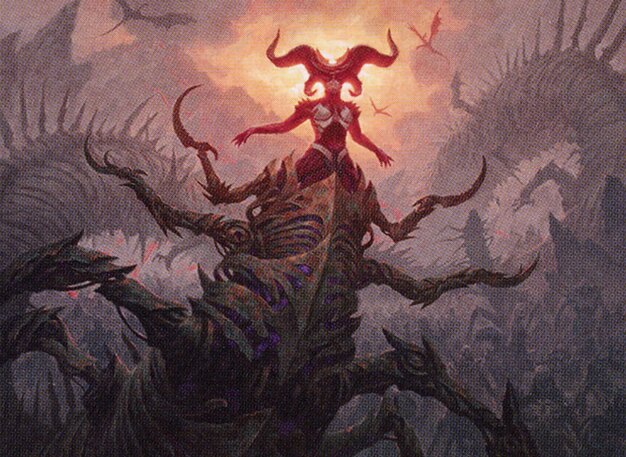
Sheoldred, the Apocalypse
Leverage card draw triggers to gain life and drain opponents simultaneously, aiming for a durable board and attrition-based victory.
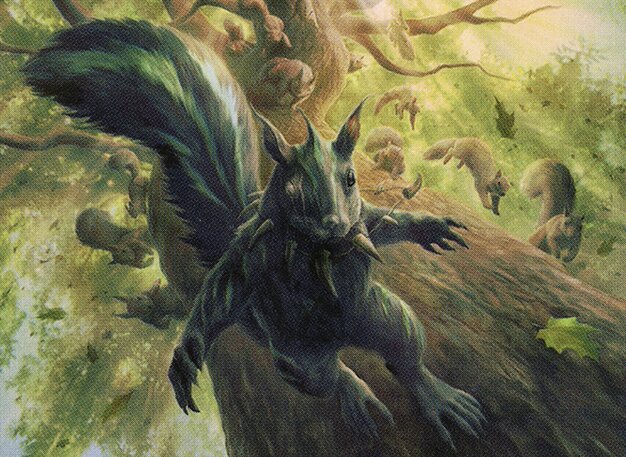
Chatterfang, Squirrel General
Flood the board with squirrel tokens and use sacrifice outlets to control threats and reduce opponent creatures' power.
Gameplay Insights
- 1
Playing Howling Mine early amplified card draw for all players, which synergized strongly with Sheoldred’s life gain and opponents' life loss triggers, influencing the game tempo.
- 2
Mairsil’s ability to exile and reuse activated abilities from exiled cards allowed for a flexible and reactive playstyle, posing a continuous threat even when Mairsil was removed.
- 3
Nadier and Numa’s elf synergy created a powerful engine by distributing counters and generating tokens that scaled well with the mana ramp provided by cards like Priest of Titania.
- 4
Chatterfang’s token generation combined with sacrifice outlets provided strong board control, allowing for tactical removal of opposing threats through token sacrifices.
- 5
Strategic land drops and ramp spells such as Ancient Tomb and Wood Elves enabled players to accelerate their game plans quickly, setting up mid-game power plays.
Notable Cards
-
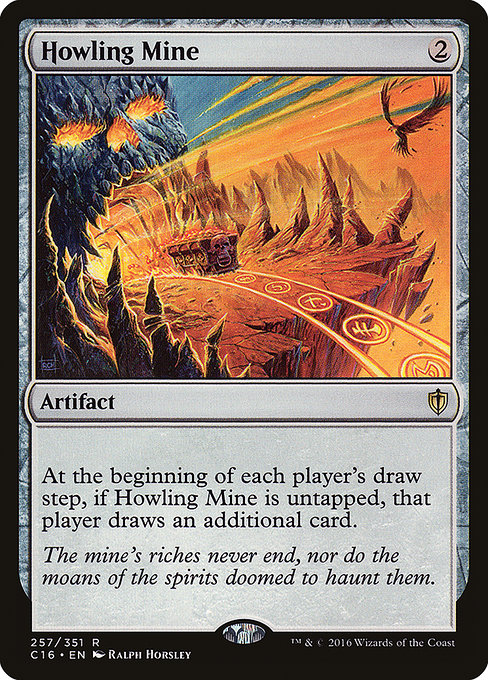
Howling Mine
-

Ancient Tomb
-
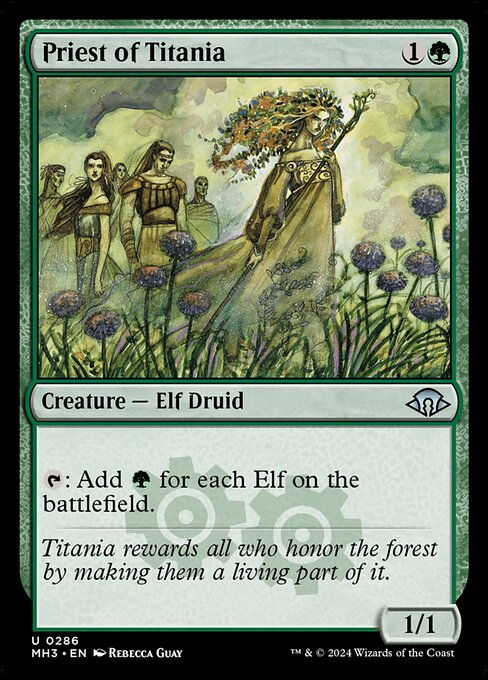
Priest of Titania
-
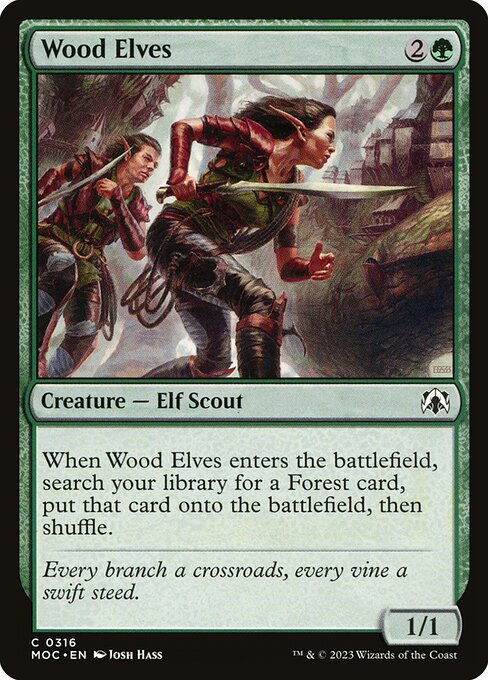
Wood Elves
-

Mairsil, the Pretender
Gameplay Summary
The game featured five players piloting diverse and synergistic Commander decks.
Early turns focused on ramp and setup, with players deploying mana accelerants like Ancient Tomb, Priest of Titania, and Wood Elves to accelerate their strategies.
Mairsil, the Pretender utilized his unique ability to exile artifacts and creatures with cage counters, aiming to leverage their activated abilities for value.
Nadier, Agent of the Duskenel, and Numa, Joraga Chieftain worked in tandem, focusing on elf tribal synergy by generating tokens and distributing +1/+1 counters to grow their board presence and mana production. Sheoldred, the Apocalypse capitalized on card draw triggers to gain incremental life while draining opponents whenever cards were drawn, creating a slow but steady life advantage and damage output.
Chatterfang, Squirrel General sought to overwhelm the table with squirrel tokens and use sacrifice outlets to control creatures or reduce threats.
A key turning point involved the deployment of Howling Mine, providing extra card draw to all players but synergizing particularly well with Sheoldred’s life gain and opponent’s life loss triggers.
Mairsil’s ability to reuse exiled activated abilities introduced a complex layer of interactions, threatening opponents with versatile responses.
The game evolved into a battle of managing board states and resource advantages, with players jockeying for lethal combos or incremental advantages through tokens, counters, and card draw.
The interplay of token generation, utility activations, and life manipulation defined the pace and tension of the match.





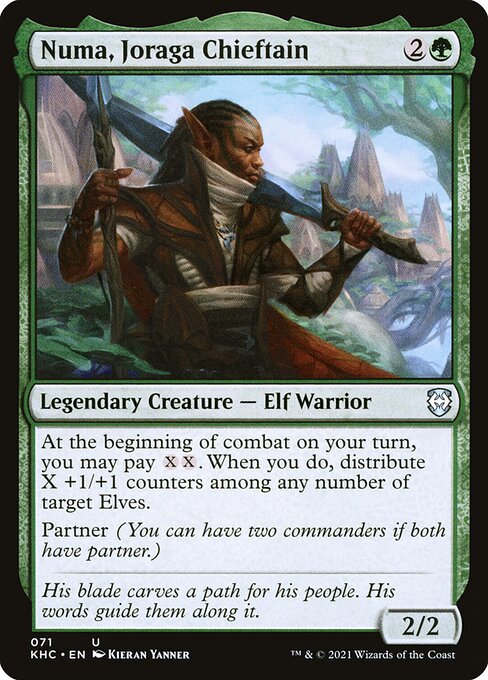





































![Commander VS S12E10: Akiri & Silas Renn vs Yuriko vs Sasaya vs Mairsil [EDH] thumbnail](https://i.ytimg.com/vi/C8SzVjMHJ-s/sddefault.jpg)















